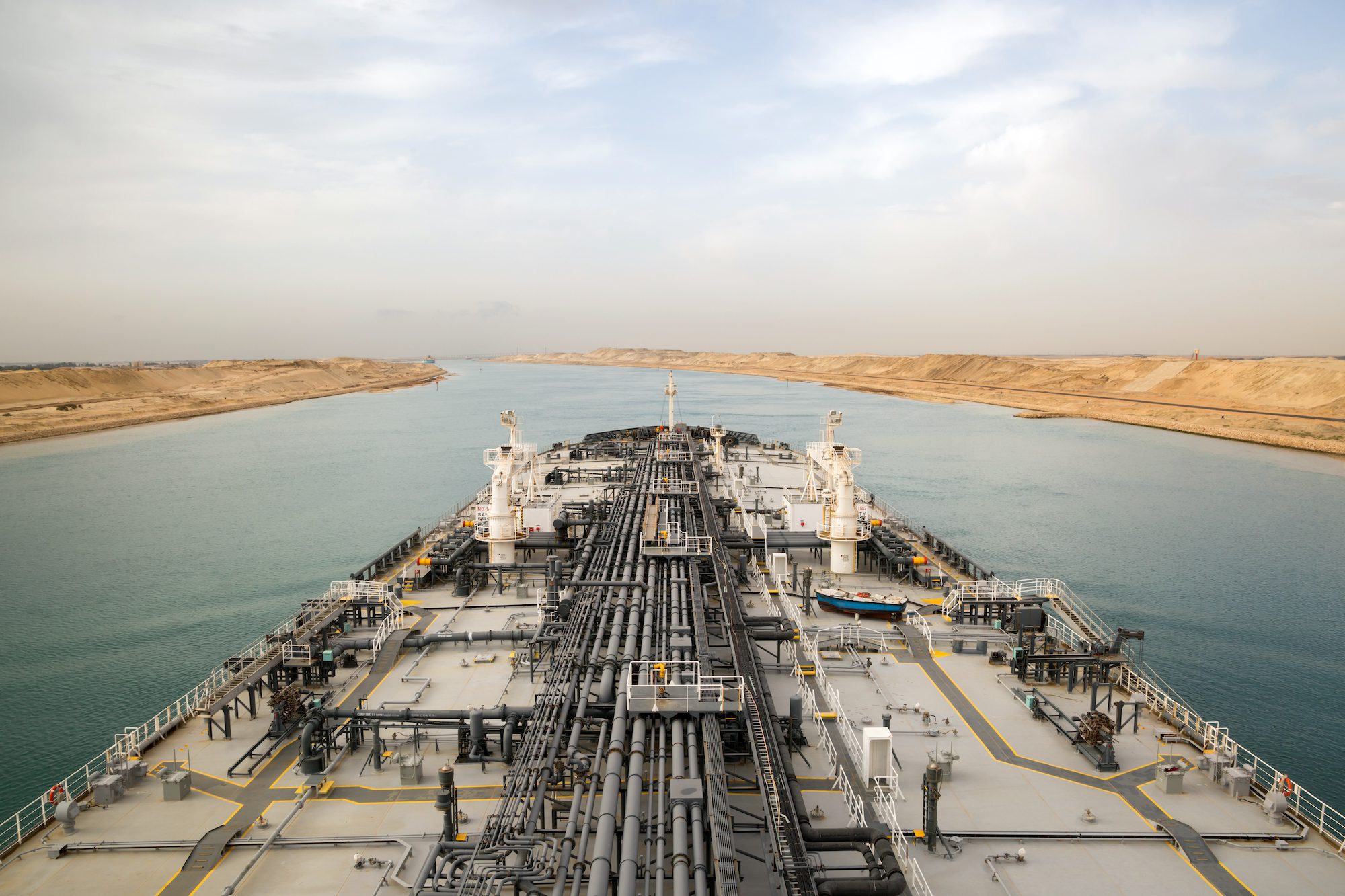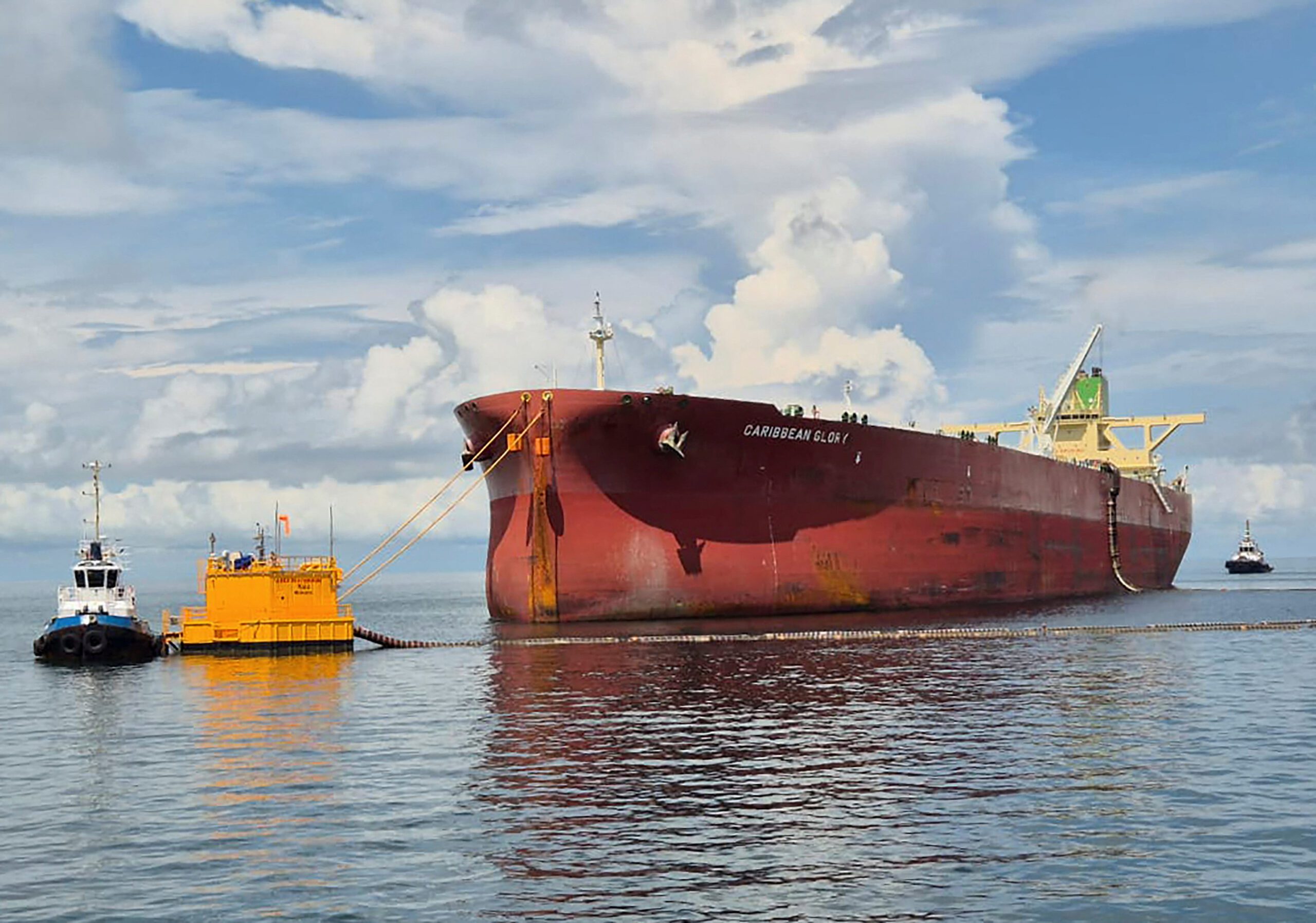By Serene Cheong and Yongchang Chin
Jun 16, 2025 (Bloomberg) –Some oil tanker owners and managers have paused offering their vessels for Middle Eastern routes since Friday as they assess the risks from Israel’s conflict with Iran, fueling concerns over export flows from the region.
Producers and traders trying to book ships to load crude oil and fuel from the Persian Gulf have been met with few offers, said shipbrokers and charterers, who asked not to be identified as they’re not authorized to speak publicly. Meanwhile, some owners with tankers that had been provisionally chartered as of Friday, pending confirmation of the booking, have chosen not to extend the agreements into the weekend, one of them said.
While the likelihood of significant or protracted disruptions to supply may be remote at this stage, the stability of shipping in and around the Middle East will be closely watched by the global oil market in coming weeks. The region is home to about a third of the world’s production, and major exporters such as Saudi Arabia and the United Arab Emirates have little room to divert exports should shipping from the Persian Gulf be affected.
As hostilities have intensified, including Israeli strikes on Iranian energy and nuclear infrastructure, tanker owners are keenly monitoring conditions for navigating vessels through the Strait of Hormuz into the Persian Gulf. Although ship diversions haven’t yet been spotted, owners are holding back on fixing new voyages in the Gulf, setting the stage for higher freight rates and the possibility of shipping disruptions.
Traders and shipbrokers said rates for the benchmark TD3C route for supertankers sailing between the Middle East and China were around 55 to 58 Worldscale points on Friday, up about 20%-30% from earlier in the week.
While firm price estimates weren’t yet available on Monday due to a lack of open discussions in the market, indicative levels suggest the gauge had risen to about 65 points, they said.
Worldscale points are a percentage of an underlying flat rate, which is set for each major route at the start of the year.
Freight forwarding agreements — a derivative that allows buyers to lock in future rates — have increased as an indication of caution across the sector. FFAs for the TD3C route rose to nearly $14 a ton on Monday, compared with around $11 before Israel’s attacks on Iran.
© 2025 Bloomberg L.P.

 Join The Club
Join The Club











